Our Local Heritage
A fascinating collection of stories and articles covering the diverse local heritage of Marple and District.
The articles are presented in Blog format (in title order) or as an article listing (also in title order).
 ‘Heritage’ is a broad term and can cover a wide range of dates. Recent articles about Our Local Heritage have ranged from fifteenth century cruck barns to twentieth century swimming baths, but most of them centre around the period of the Industrial Revolution when Marple and Mellor began to change from rural to urban communities. However, our heritage goes back much further; much, much further. The first indications of human activity in this area date back to the late Mesolithic Period.
‘Heritage’ is a broad term and can cover a wide range of dates. Recent articles about Our Local Heritage have ranged from fifteenth century cruck barns to twentieth century swimming baths, but most of them centre around the period of the Industrial Revolution when Marple and Mellor began to change from rural to urban communities. However, our heritage goes back much further; much, much further. The first indications of human activity in this area date back to the late Mesolithic Period.
Stockport has six Scheduled Monuments and five of those are in Marple and Mellor - two prehistoric, one medieval and two from the industrial revolution. With the discoveries at Shaw Cairn this number could (and perhaps should) be raised to six.
- Details
- Category: Our Local Heritage
- Hits: 3114
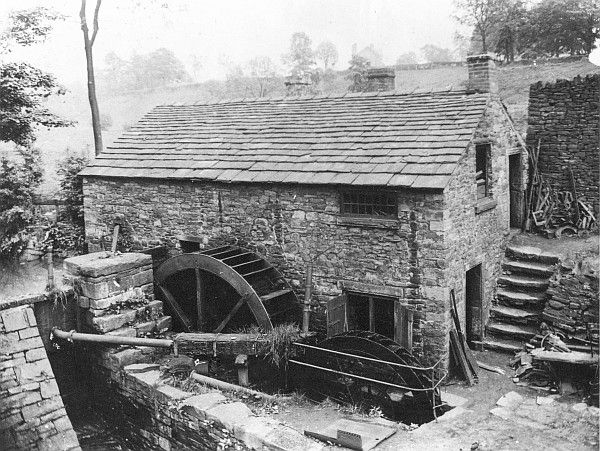 Take a walk along Town Street, Marple Bridge, cross the end of Hollins Lane, pass the little pay and display car park, and below the bridge, at the beginning of Longhurst Lane, lies one of the oldest industrial buildings in the area, Spade Forge, formally known as Forge Bank Mill. Its earliest record dates from 1776, but was probably operating before that. Although it has now been converted into a house, its past remains for all to see. The waterwheel which drove its machinery is still in situ, with the millpond dam, 40’ wide and 20’ high, sluice gate seating and head race adjacent.
Take a walk along Town Street, Marple Bridge, cross the end of Hollins Lane, pass the little pay and display car park, and below the bridge, at the beginning of Longhurst Lane, lies one of the oldest industrial buildings in the area, Spade Forge, formally known as Forge Bank Mill. Its earliest record dates from 1776, but was probably operating before that. Although it has now been converted into a house, its past remains for all to see. The waterwheel which drove its machinery is still in situ, with the millpond dam, 40’ wide and 20’ high, sluice gate seating and head race adjacent.
- Details
- Category: Our Local Heritage
- Hits: 3718
 For over a century, Strines was home to the Strines Calico Printing company, which became one of the leading companies printing not merely calico, but any and every sort of fabric. In the 19th century the Company owned much of the land and employed many of the inhabitants of Strines and the neighbouring villages. Now, in 2021, the works has been closed, demolished and replaced by a housing estate. The village has turned into a dormitory suburb, but it still has its church which continued to serve the neighbourhood and the adjoining areas of Marple and New Mills.
For over a century, Strines was home to the Strines Calico Printing company, which became one of the leading companies printing not merely calico, but any and every sort of fabric. In the 19th century the Company owned much of the land and employed many of the inhabitants of Strines and the neighbouring villages. Now, in 2021, the works has been closed, demolished and replaced by a housing estate. The village has turned into a dormitory suburb, but it still has its church which continued to serve the neighbourhood and the adjoining areas of Marple and New Mills.
- Details
- Category: Our Local Heritage
- Hits: 4475
 We don’t have floods like they used to!
We don’t have floods like they used to!
"The river Goyt, which separates the counties of Derby and Chester, swelled to that degree at the confluence of three brooks, that it covered the highest battlements of Marple bridge, upwards of 22 feet from the surface of the water when at a common height. It washed away every thing on the Derbyshire side of the bridge, except the bare arch stones, which tho’ founded on a rock at each end, ’twas surprizing they were left, as much bigger were torn away ...."
Gentleman’s Magazine 18 August 1748
- Details
- Category: Our Local Heritage
- Hits: 2496
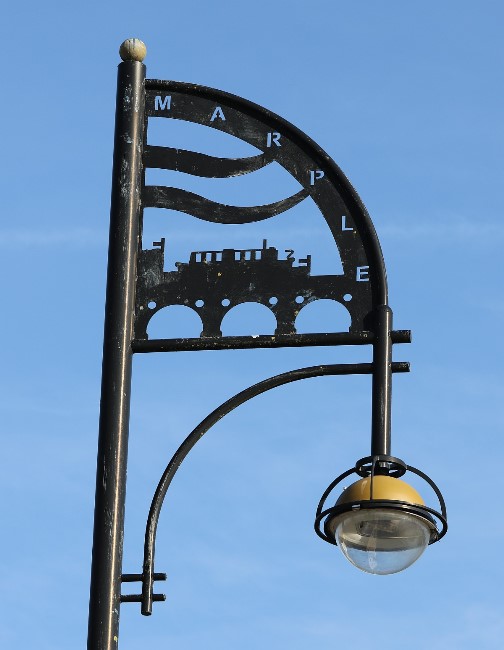 In the early 2000s, SMBC made efforts to promote out-of-town centre ‘District Shopping Centres’. Initiatives included smartening up the centres in a variety of ways, for example, the remodelling of Market Street, Marple, improved street lighting and the provision of an emblem to celebrate the unique character of each place. These were made of punched metal and designed to fit on the new lamp posts at the entrance to each District Centre, making a sort of ‘gateway’. There are eight district centres: Bramhall, Cheadle, Cheadle Hulme, Edgeley, Hazel Grove, Marple, Reddish and Romiley.
In the early 2000s, SMBC made efforts to promote out-of-town centre ‘District Shopping Centres’. Initiatives included smartening up the centres in a variety of ways, for example, the remodelling of Market Street, Marple, improved street lighting and the provision of an emblem to celebrate the unique character of each place. These were made of punched metal and designed to fit on the new lamp posts at the entrance to each District Centre, making a sort of ‘gateway’. There are eight district centres: Bramhall, Cheadle, Cheadle Hulme, Edgeley, Hazel Grove, Marple, Reddish and Romiley.
Added to these a little later were 5 smaller shopping areas dubbed ‘Local Centres’. They were given similar emblems, but of a different shape to distinguish them from the District Centres. The Local Centres are: Great Moor, Heaton Mersey, High Lane, Offerton and Woodley.
- Details
- Category: Our Local Heritage
- Hits: 1806
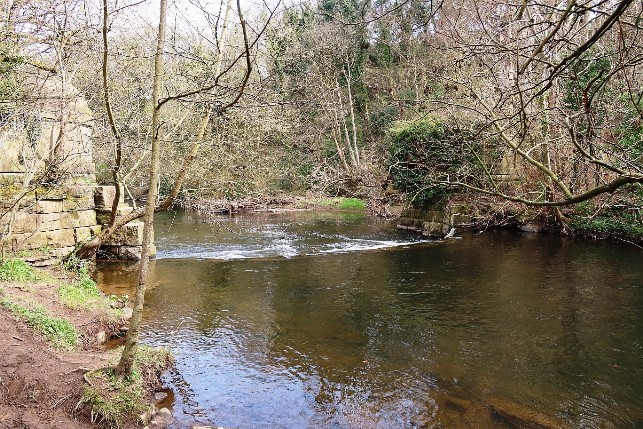 Weirs have played a key role in the history of Marple and Mellor, providing a reliable source of power to the early mills and a steady flow of of water for washing to the mills engaged in bleaching and printing. We have already looked at the more modern weir built in Brabyns Park by the Environment Agency LINK; now we should look at the rather more historic weirs which have played an important role in our heritage.
Weirs have played a key role in the history of Marple and Mellor, providing a reliable source of power to the early mills and a steady flow of of water for washing to the mills engaged in bleaching and printing. We have already looked at the more modern weir built in Brabyns Park by the Environment Agency LINK; now we should look at the rather more historic weirs which have played an important role in our heritage.
- Details
- Category: Our Local Heritage
- Hits: 2333
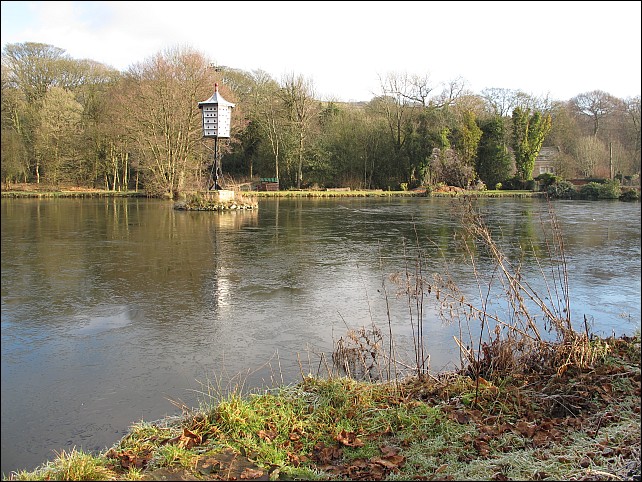 Anyone travelling to Strines station will pass an exotic structure on the left hand side - a dovecote planted firmly in the middle of the mill pond. It is a Grade II listed building but that immediately raises two questions. Why is it there and when was it constructed? The short answer to both these questions is the same - “We don’t know” but we can make some informed guesses.
Anyone travelling to Strines station will pass an exotic structure on the left hand side - a dovecote planted firmly in the middle of the mill pond. It is a Grade II listed building but that immediately raises two questions. Why is it there and when was it constructed? The short answer to both these questions is the same - “We don’t know” but we can make some informed guesses.
- Details
- Category: Our Local Heritage
- Hits: 6072
 Many pubs like to give themselves a name that associates them with the community. It all helps to build the business. The Hatters, The Midland, The Navigation, - all refer to a local activity or feature. So what about The Strines Nightingale? What connection does that have with the locality? Strines is a long way from Berkeley Square so that isn’t the link. No, the link turns out to be our old friend, Joel Wainwright.
Many pubs like to give themselves a name that associates them with the community. It all helps to build the business. The Hatters, The Midland, The Navigation, - all refer to a local activity or feature. So what about The Strines Nightingale? What connection does that have with the locality? Strines is a long way from Berkeley Square so that isn’t the link. No, the link turns out to be our old friend, Joel Wainwright.
- Details
- Category: Our Local Heritage
- Hits: 1478
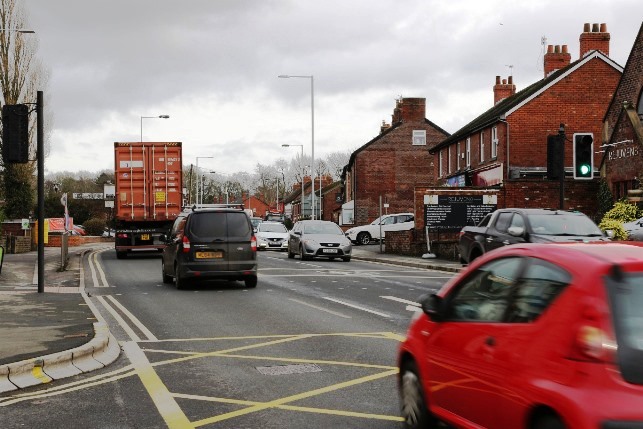 High Lane is the most southerly part of the township of Marple, and its very name tells us precisely why it developed. It straddles the A6, one of the busiest main roads in the country, but the route has been busy for a very long time, for it was part of the Roman main road from London to Carlisle, our local section running from Aquae Arnemetiae (Buxton) to ‘Mamucium’, with a fort in modern day Castlefield......
High Lane is the most southerly part of the township of Marple, and its very name tells us precisely why it developed. It straddles the A6, one of the busiest main roads in the country, but the route has been busy for a very long time, for it was part of the Roman main road from London to Carlisle, our local section running from Aquae Arnemetiae (Buxton) to ‘Mamucium’, with a fort in modern day Castlefield......
- Details
- Category: Our Local Heritage
- Hits: 5095
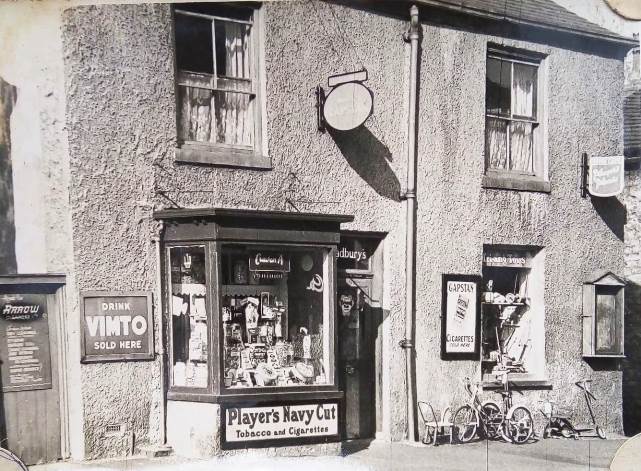 2020 - the year the world had the rug pulled from under its feet. Marple endured two lockdowns between March and December, drastically reducing all cultural, social and entertainment facilities. All the cafés were closed together with the other virus casualties, Carver Theatre and the Regent Cinema.
2020 - the year the world had the rug pulled from under its feet. Marple endured two lockdowns between March and December, drastically reducing all cultural, social and entertainment facilities. All the cafés were closed together with the other virus casualties, Carver Theatre and the Regent Cinema.
It might seem that thereis a plethora of cafés and tearooms to satisfy the local need to meet friends or to “just drop in” for an Americano or a latte or a simple cup of tea. Do we really need so many establishments to minister this need? A quick count comes to at least a round dozen - All Things Nice, Asda, Cloudberry, Costa, Dutsons, Golden Plate, Libbys, Roc Community Café, Portabello, Red Pepper, Roman Lakes and The Locks are all needed. There may well be more.
- Details
- Category: Our Local Heritage
- Hits: 5029
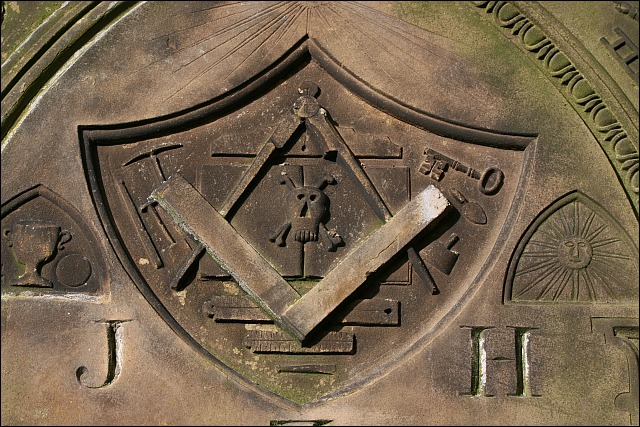 There is much in Mellor that is ‘special’ - the views, the church, Mellor Mill - but very little that is genuinely ‘unique’. One feature that is truly unique is the Masonic grave of Thomas Brierley, the eccentric printer from Brookbottom, near Strines. A very enthusiastic, though somewhat eccentric, mason, he arranged for a gravestone to be prepared for him in anticipation of his death. Parts of the inscription were written in cipher and other parts left blank because information of the date of his death were not known when the memorial was made.
There is much in Mellor that is ‘special’ - the views, the church, Mellor Mill - but very little that is genuinely ‘unique’. One feature that is truly unique is the Masonic grave of Thomas Brierley, the eccentric printer from Brookbottom, near Strines. A very enthusiastic, though somewhat eccentric, mason, he arranged for a gravestone to be prepared for him in anticipation of his death. Parts of the inscription were written in cipher and other parts left blank because information of the date of his death were not known when the memorial was made.
- Details
- Category: Our Local Heritage
- Hits: 8578
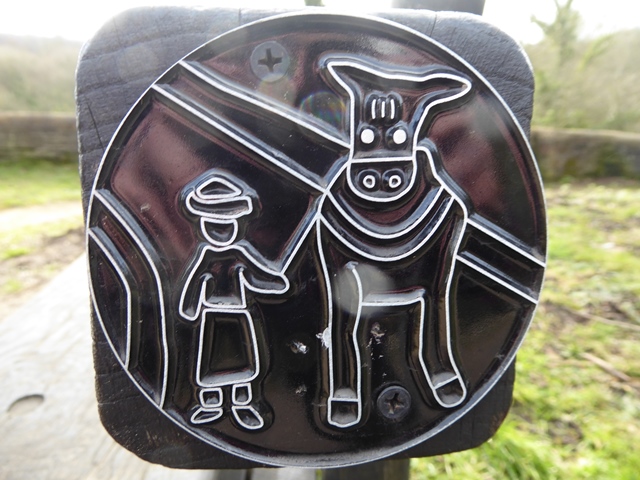 The recently completed ‘Revealing Oldknow’s Legacy Project’ had three parts: restoration of the Peak Forest Canal Aqueduct, investigation of the industrial archaeology and landscaping of the lime kiln complex off Strines Road, and furtherance of the industrial archaeological excavations of the Mellor Mill site, which had started in 2011 prior to granting of Heritage Lottery money in 2014.
The recently completed ‘Revealing Oldknow’s Legacy Project’ had three parts: restoration of the Peak Forest Canal Aqueduct, investigation of the industrial archaeology and landscaping of the lime kiln complex off Strines Road, and furtherance of the industrial archaeological excavations of the Mellor Mill site, which had started in 2011 prior to granting of Heritage Lottery money in 2014.
- Details
- Category: Our Local Heritage
- Hits: 3452
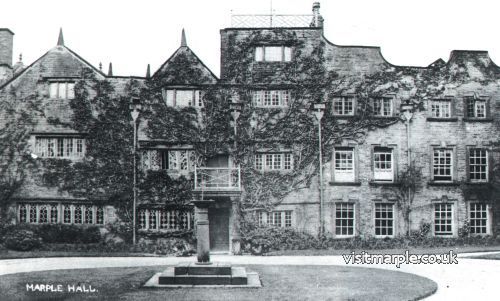 As a community we lost Marple Hall in the late 1950s. It was sad but inevitable as the fabric of the house had been deteriorating for years and many other country houses had met the same fate. However, on the bright side, we have been locating and, in some cases, reclaiming, a number of items from the house. There were two main periods which saw the wholesale distribution of artefacts across the country and, in some cases, worldwide.
As a community we lost Marple Hall in the late 1950s. It was sad but inevitable as the fabric of the house had been deteriorating for years and many other country houses had met the same fate. However, on the bright side, we have been locating and, in some cases, reclaiming, a number of items from the house. There were two main periods which saw the wholesale distribution of artefacts across the country and, in some cases, worldwide.
- Details
- Category: Our Local Heritage
- Hits: 1672

